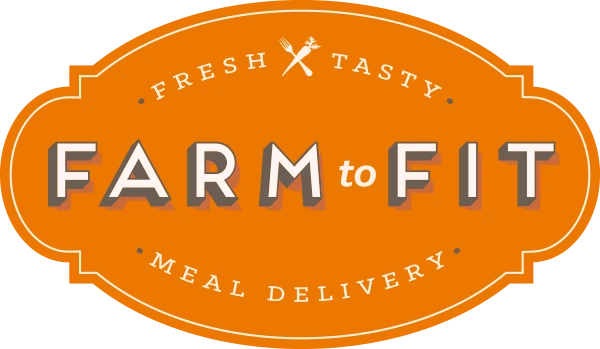The Diabetic Food Pyramid
Posted on
Being diabetic can be a challenge, but it doesn't have to mean less fun eating. At Farm to Fit we have a Diabetes Friendly Meal Plan that's both healthy and delicious, because we care a lot about our diabetic customers. However, it can be challenging to always know what to eat and how much. Being diabetic requires a good amount of consciousness around food. And with consciousness and effort, it can be possible to manage type 2 diabetes with diet and exercise.
So, in that spirit, we wanted to shed a little light on the Diabetic Food Pyramid—an alteration to the typical Food Guide Pyramid, catered specifically to diabetic individuals. Made by the American Diabetes Association and the American Dietetic Association, the Diabetes Food Pyramid groups separates foods into 6 groups. However, there are some tweaks that make it different than the Food Guide Pyramid most of us are used to. Here are a couple key changes:
- The Diabetes Food Pyramid groups foods based on their carbohydrate and protein content, instead of, like the traditional Food Guide Pyramid, types of food ("food group"). For example, it groups potatoes and other starchy vegetables in with the grains instead of with the vegetables. That's because the carbohydrate content is more similar to grains than to other vegetables. In a similar way, cheese is in the meat group instead of the milk and yogurt group, because it has much less carbohydrate than milk and yogurt.

- The serving size is sightly different than the Food Guide Pyramid. In the Diabetes Food Pyramid, a serving of pasta is 1/3 cup, but it's 1/2 cup in the standard Food Guide Pyramid. There are some other examples similar to this. The reason serving portions are different is because they are based on carbohydrates per serving.
How much to eat
The Diabetes Food Pyramid provides a range of servings. If somebody follows the minimum number of servings in each group, they would eat about 1600 calories a day. If somebody ate the maximum number of servings, they would eat closer to 2800 calories per day. Here are the ranges:
6 to 11 servings of grains and starches (which, remember, includes certain starchy vegetables)
3 to 5 servings of vegetables
2 to 4 servings of fruit
2 to 3 servings of milk or yogurt
4 to 6 servings of meat and meat substitutes (which includes cheese)
Rarely / special treat-level: fats, sweets, and alcohol.
Wrapping it up
In conclusion, the Diabetes Food Pyramid is meant to help diabetic individuals manage what and how much they eat. It divides foods into six groups and is slightly different than the traditional Food Guide Pyramid in a couple key ways, because it focuses on carbohydrates. But, overall, it is a tool to help manage diabetes through diet.
